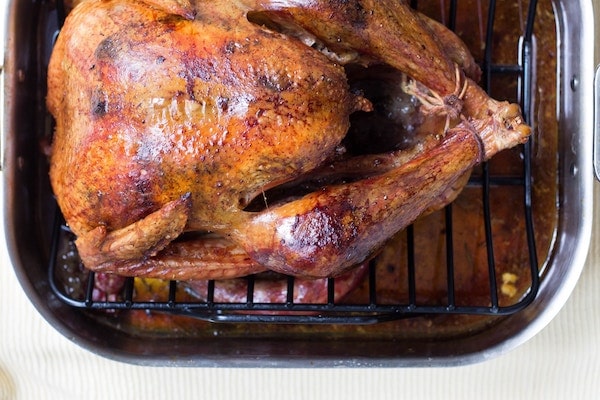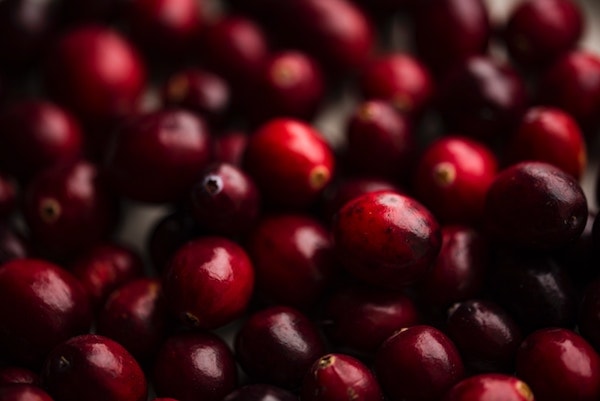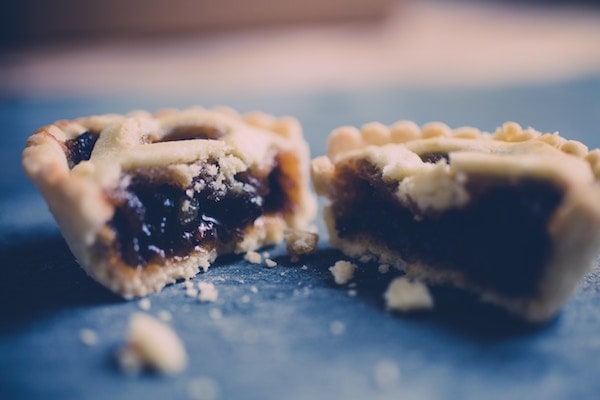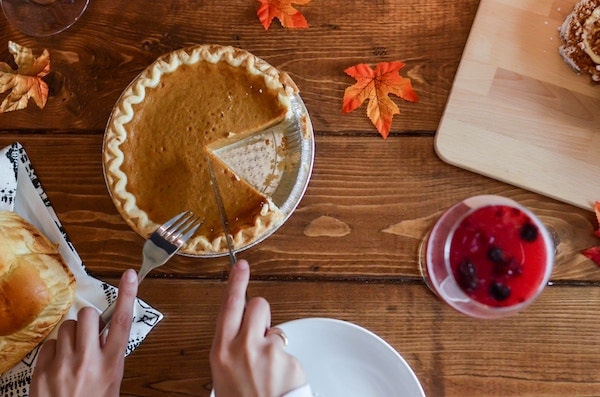From the moment the Starbucks cups turn red and the weather (finally) begins to cool, the season of excess and indulgence begins. Turning down that extra square of chocolate can be hard at the best of times, but in the festive season, guilty pleasures seem to surface around every corner. But does it have to be all bad? Rather than giving yourself a hard time, why not put a positive spin on those comforting winter warmers? We spoke with registered Hong Kong dietitian Sally Poon. She shares her thoughts on eating your way through a healthy holiday season…
See also: How To Make Your Winter Holiday Healthier

Turkey
“The culinary star of Thanksgiving and Christmas, turkey is a good source of lean protein, iron, zinc and B vitamins. For a healthy serving, bake or roast your turkey on a rack, so that the excess fat drains away in the cooking process. It’s also best to remove the skin before cooking, as most of the fat is found here, and your vegetables will easily absorb this. When it comes to making the gravy to accompany your meal, for a healthier sauce, opt for vegetable broth instead of the juice from the meat.”

Cranberries
“Cranberries are an excellent source of proanthocyanidins, which helps maintain a healthy urinary tract. Cranberries are harvested and sold fresh in the autumn and winter months, but they are also processed and sold year-round frozen, dried, canned, or as juice. Serve your turkey with cranberry stuffing or cranberry sauce. Alternatively, add cranberries to Christmas pudding or mince pies, or use unsweetened cranberry juice to make mulled wine or mocktails.”
Image via Unsplash / element5
Pumpkin
“Pumpkin is the most popular food for Halloween and pumpkin pie is an American tradition for Thanksgiving. This colourful starchy vegetable is rich in carbohydrates, vitamin A, potassium and fibre. To make a healthy version of pumpkin pie, substitute full fat for low-fat milk or soymilk, and use real pumpkin or unflavored canned pumpkin, and skip the whipped cream or ice cream toppings. Pumpkin seeds are also a good source of protein, polyunsaturated and monounsaturated fatty acids. Enjoy a small handful of roasted pumpkin seeds as a healthy snack, instead of packaged chocolates and crisps.”

Pies
“Christmas pudding and mince pies are packed with fruit, making rich in fibre and antioxidants. Serve Christmas pudding with low-fat custard or crème Fraiche, or try a lighter version of mince pies made with filo pastry instead of shortcrust. Don’t forget to exercise some portion control here, too—sharing your dessert with your friend is not only in keeping with the spirit of Christmas, but it also helps to keep the calories at bay.”

Chocolate
“Although chocolate (especially dark) is rich in antioxidants, it is also high in calories. It’s best to choose dark chocolate that contains at least 60% cocoa content and to eat no more than an ounce a day.”

When it comes to the Christmas cocktails…
“Don’t forget, drinks have calories too. Try alternating your alcoholic drinks with non-alcoholic beverages such as sparkling water, diet sodas or diluted, unsweetened juices. Keeping a jar of water on the table at mealtimes not only helps keep you healthy, but it will also curb an unwanted hangover.”

Walk it off
“If you do happen to over-indulge, staying active can help you burn off the treats you couldn’t quite resist. Got a calendar full of Christmas parties? Use these as the perfect opportunity to dance the night away, or take in some fresh air and go for a walk after your meal.”
Sally Poon is a registered dietician with over a decade of experience in nutrition and dietetics with children, adults and the elderly. For more advice on healthy eating, visit Sally Poon’s website and Facebook page





